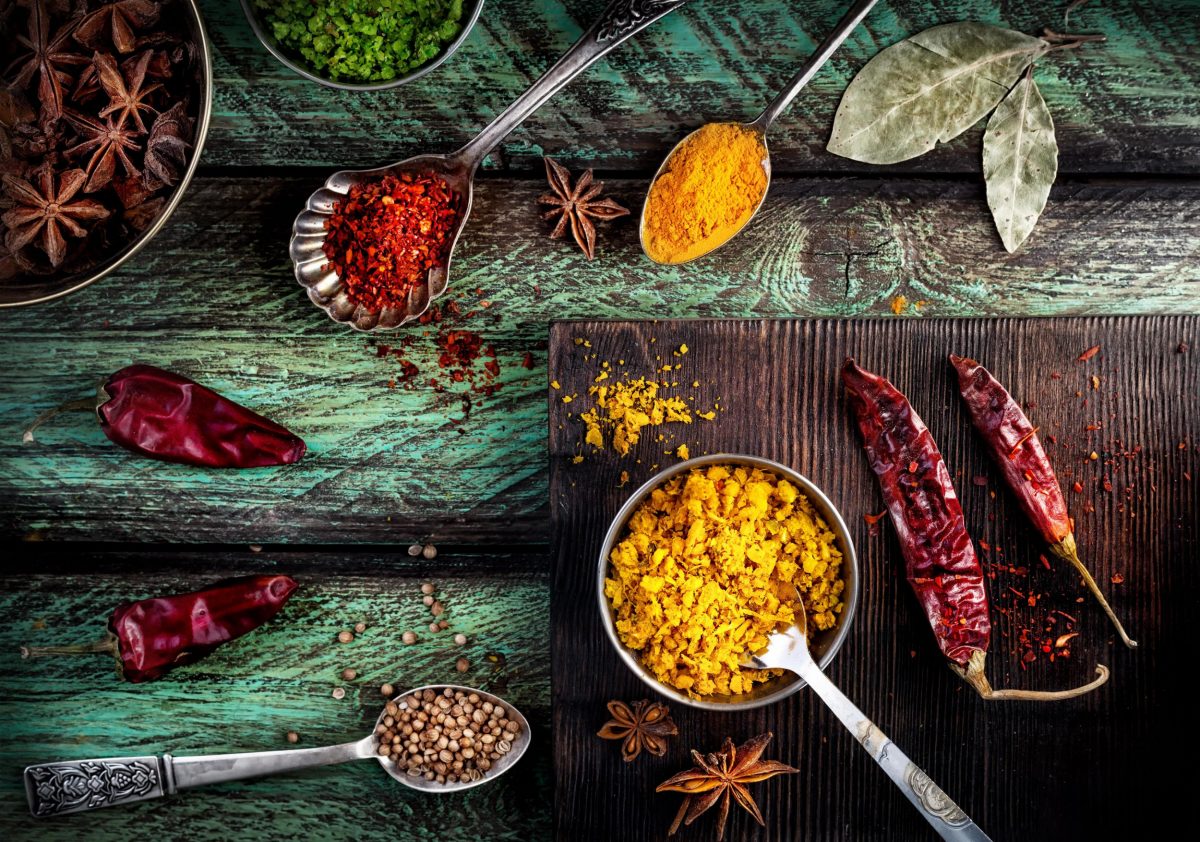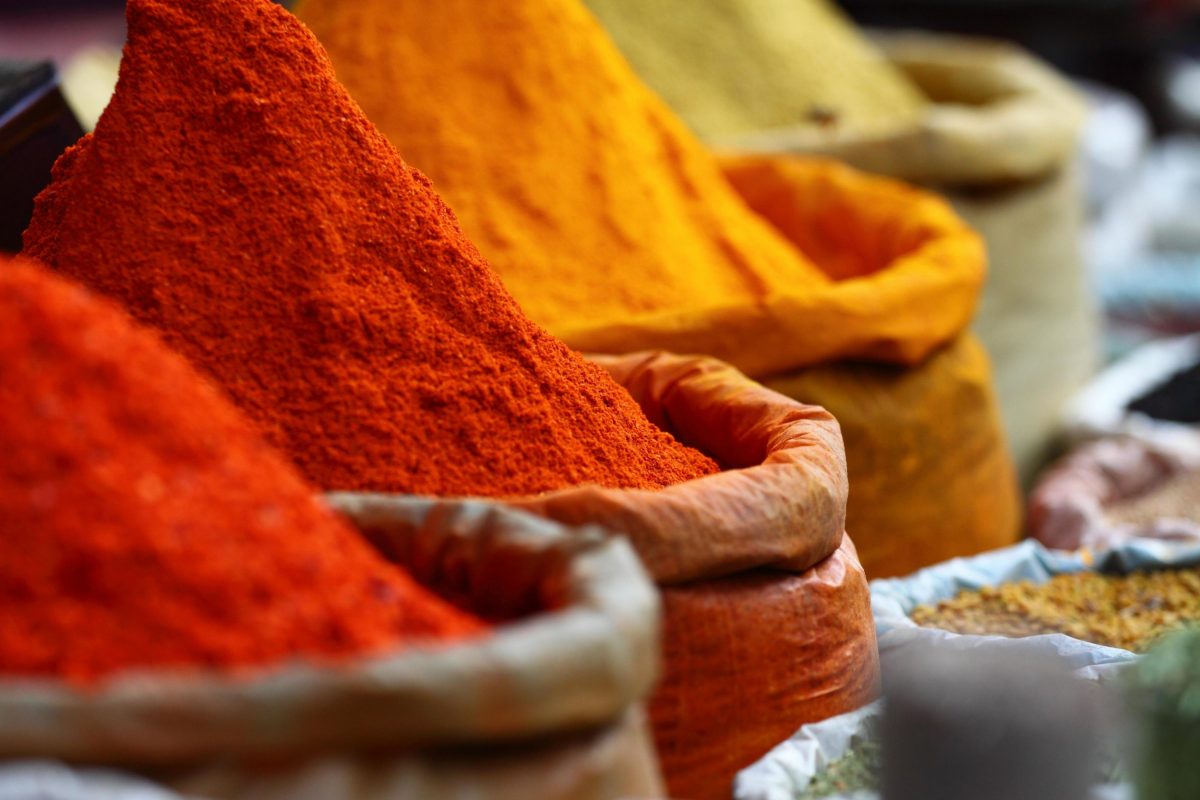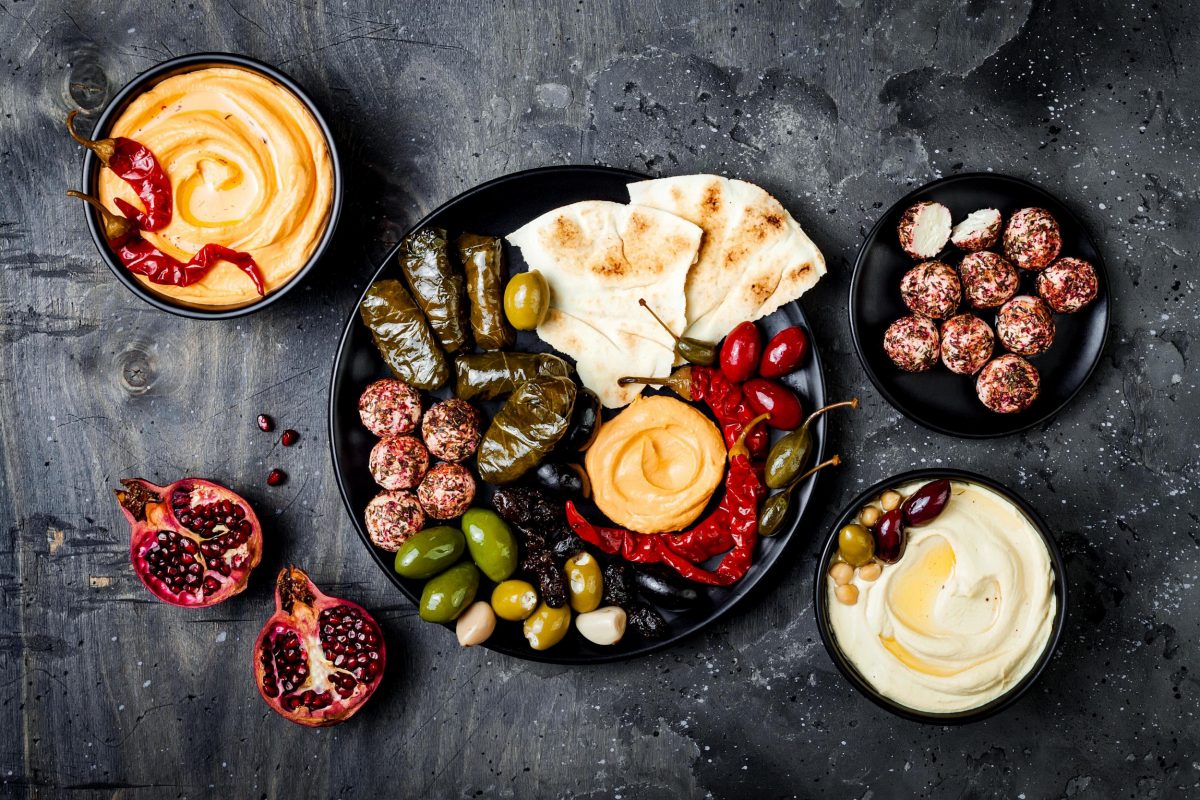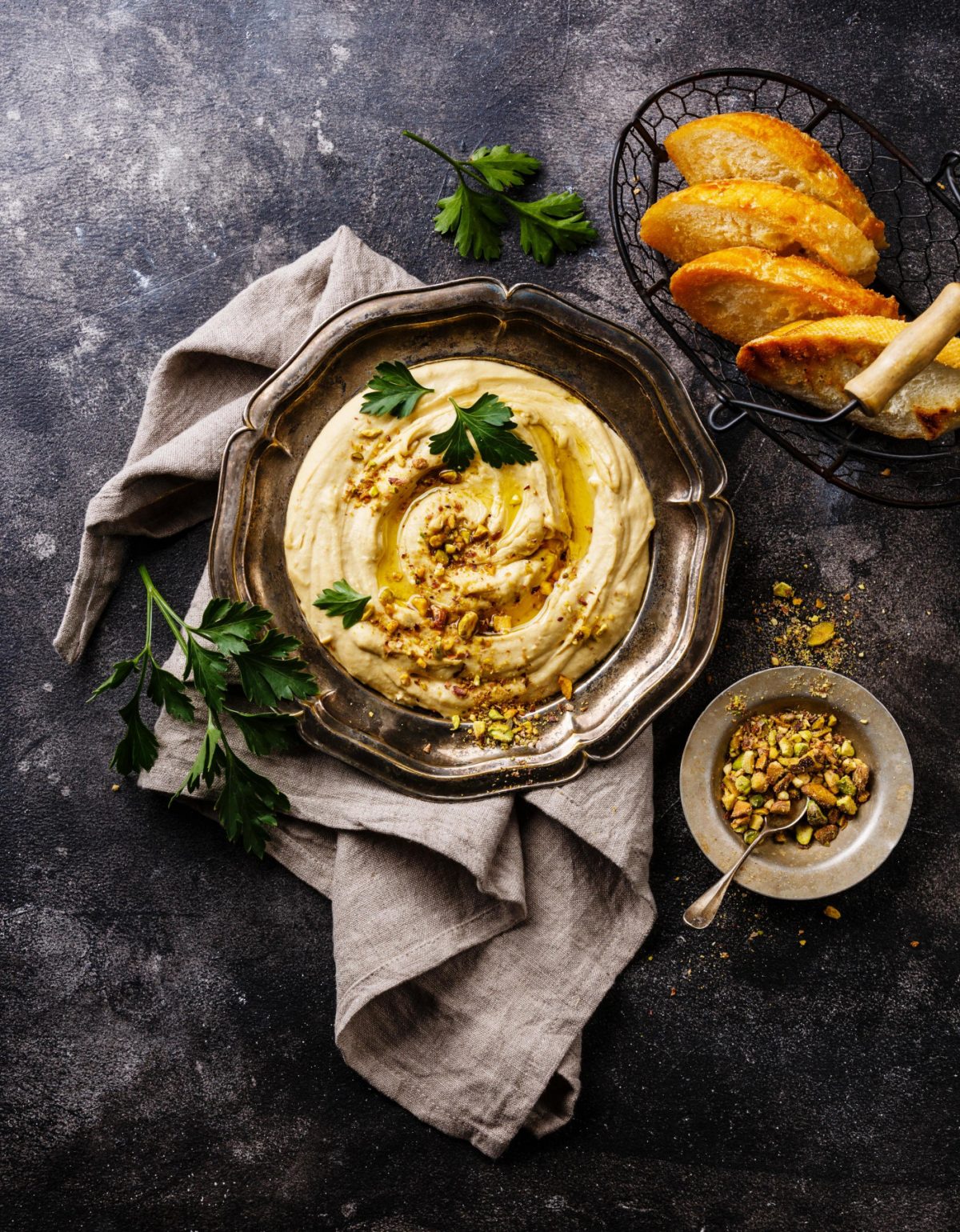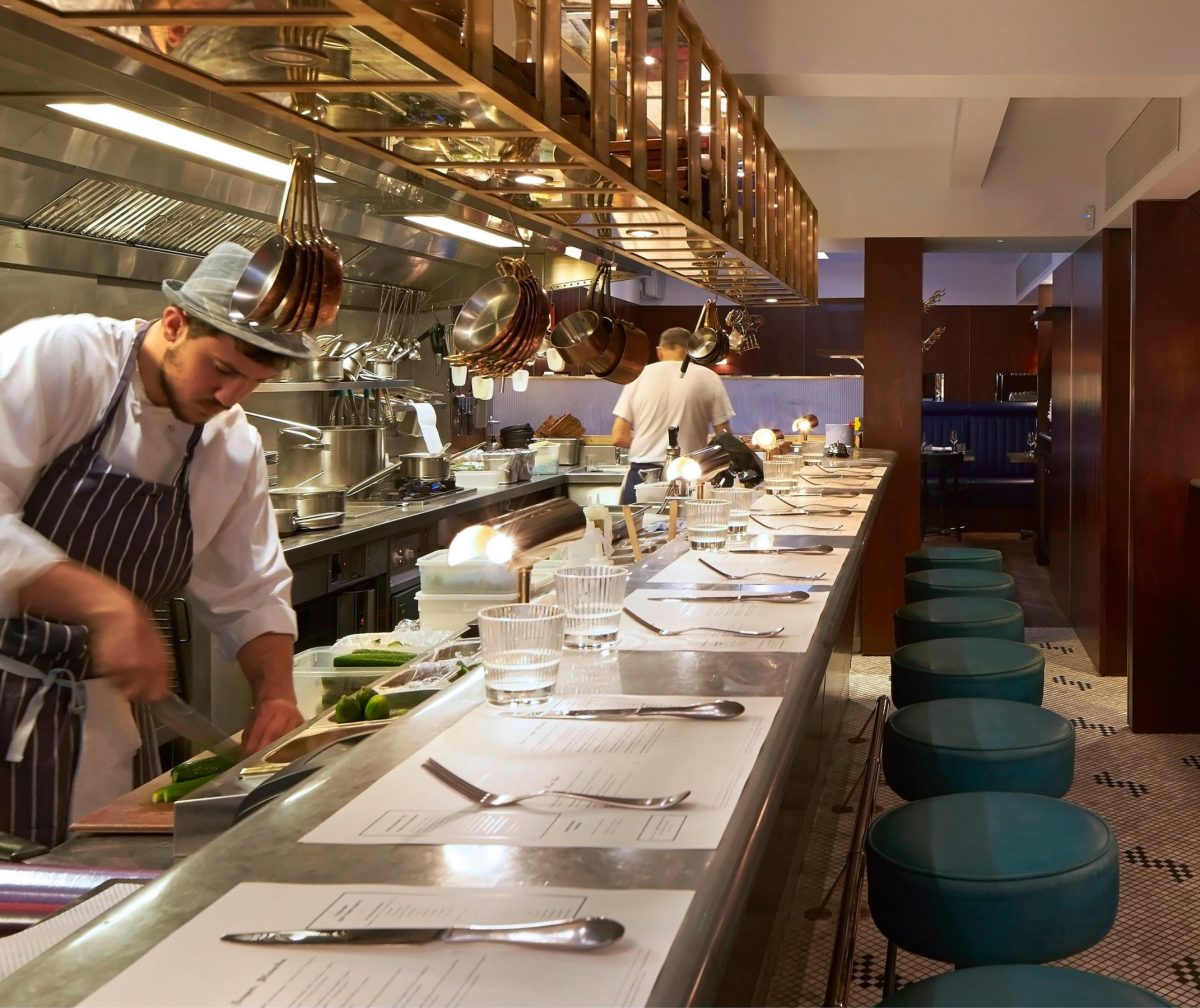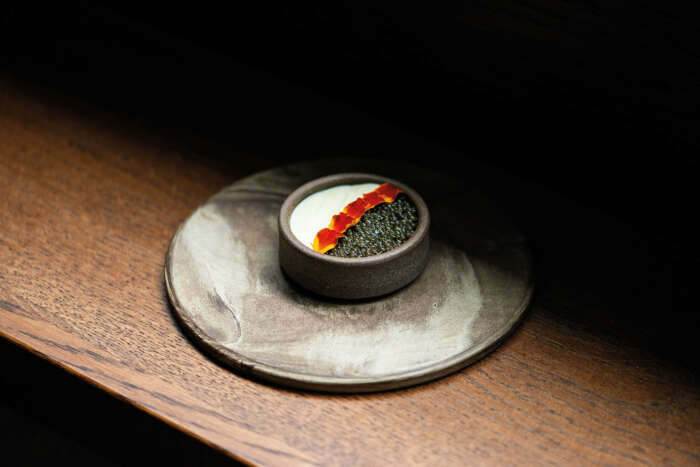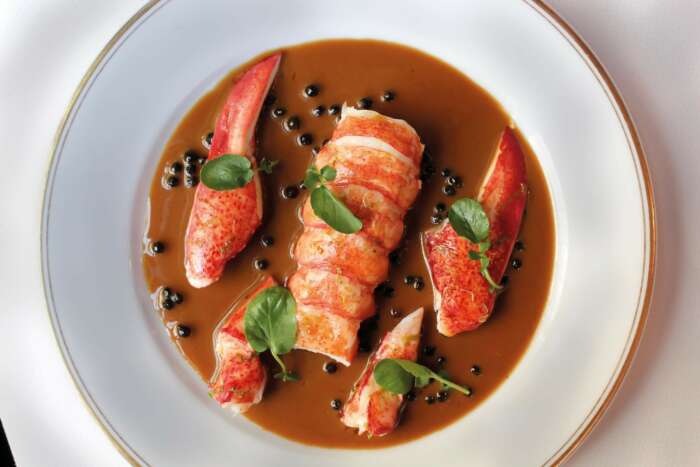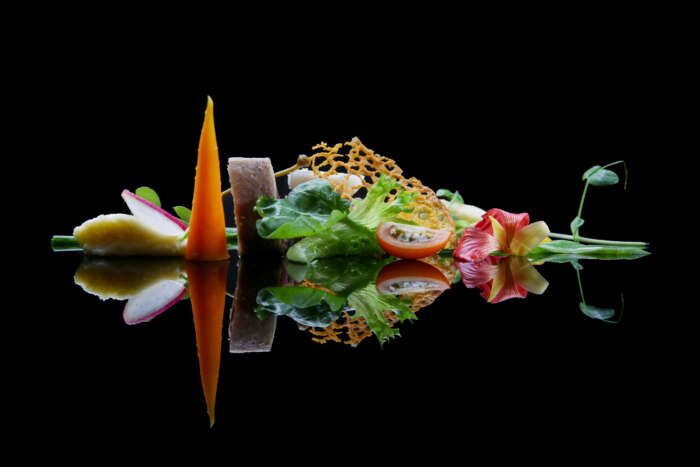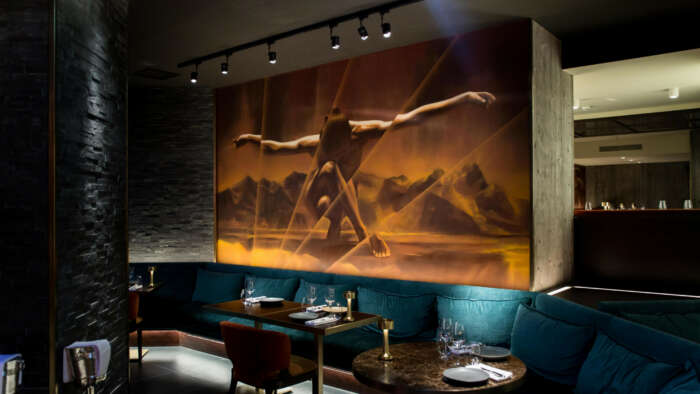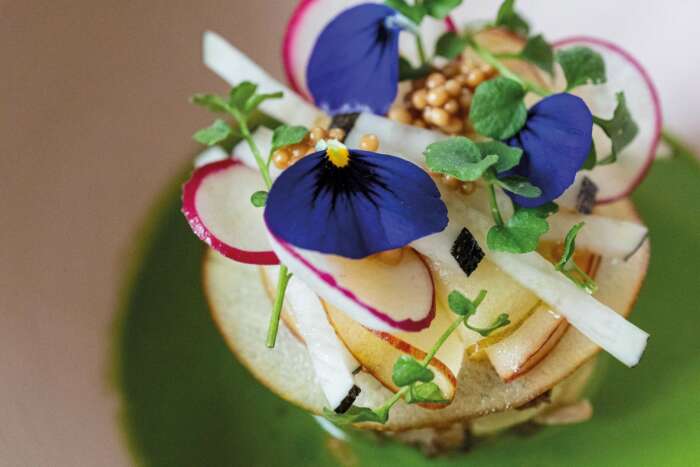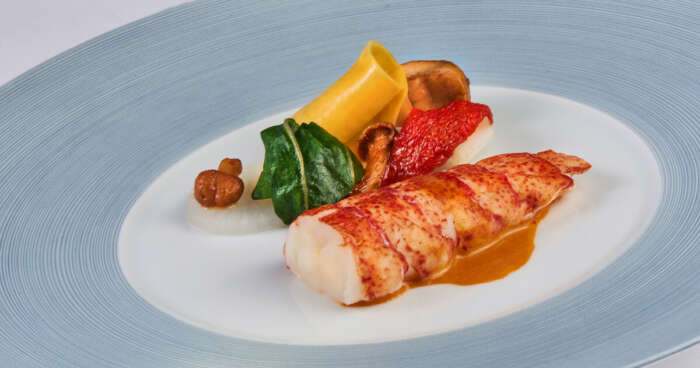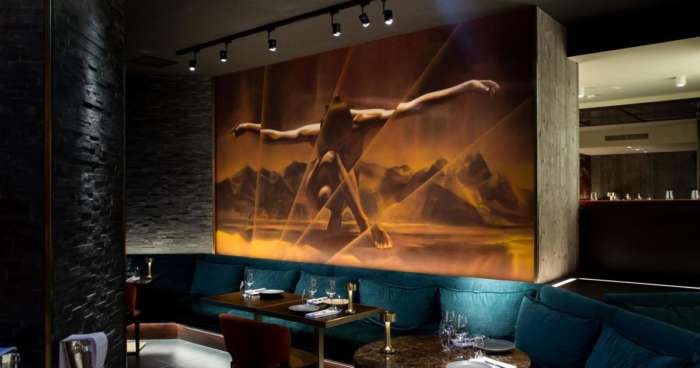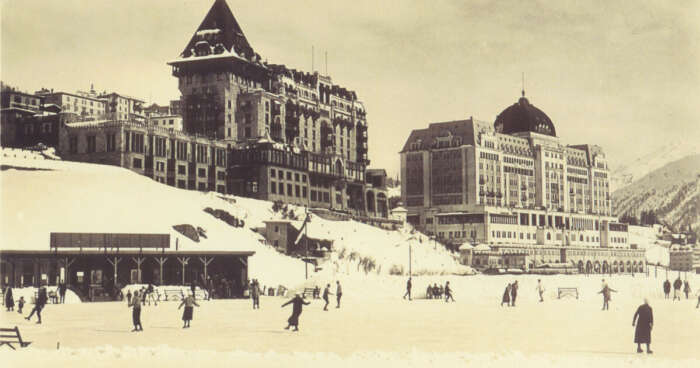“In the Middle East, food is not just about sustenance. There is a sense of occasion, a sense of unity that goes with it. You create a feast for your guests to show them you value them.” So says cookery book author, teacher and chef Sabrina Ghayour, one of the most exciting voices in Middle Eastern food today, in her book, Persiana.
The importance the Middle East places on hospitality is as deep-seated as the traditions that form the backbone of its cuisine, with many dishes prepared the same way for centuries – dishes like those cooked by the mother of chef Greg Malouf.
“No-one can make stuffed vine leaves like my mum, and her kibbeh nayeh [spiced minced lamb with cracked wheat] is the stuff of legends,” explains Malouf, the award-winning Australian chef and cookery book author often credited with changing the way we experience and understand Middle Eastern food. “I remember my school bag used to reek of garlic and onions from the kibbeh, tabouli, labneh and pickled turnips.”
“The region’s once strategic position on key trade routes produced a style of cookery in which a host of spices and herbs are held in the highest esteem”
If Middle Eastern cookery respects the old ways, it certainly doesn’t mean its food is unadventurous – far from it. The region’s once strategic position on key trade routes produced a style of cookery in which a host of spices and herbs are held in the highest esteem.
An explosion of flavours
Sumac, a staple in the Middle East, is a red berry dried and ground into a powder and used for seasoning that can transform a simple lamb chop in seconds. Saffron gives life and colour to a multitude of rice dishes and every household has its favourite spices, blended to taste and kept to hand as a ready condiment or flavouring, such as ras el hanout, the garam masala of the Middle East.
Grocers in North Africa stake their reputation on their house blend of ras el hanout which, according to folklore, can contain up to 100 aromatics. In reality, there are likely to include around 12 ingredients, among them cinnamon bark, dried rose buds and an array of peppers.
“Za’atar, essentially a blend of herbs rather than a spice mix, is made with wild thyme and toasted sesame seeds”
Harissa is another staple, a fiery blend of different chillies and spices. Playing a key role in North African cuisine, it is a great marinade for meat. Za’atar, essentially a blend of herbs rather than a spice mix, is made with wild thyme and toasted sesame seeds, and now many other variations on the theme. It is delicious sprinkled on salads or used as a paste with oil to marinate meat, seafood and the vegetables, without which no Middle Eastern table would be complete.
Healthy and delicious
As the late Syrian-born polymath Arto der Haroutunian pointed out in his book Vegetarian Dishes from the Middle East: “People of the Middle East are, in essence, vegetarians, with meat, poultry and fish extras to their basic diet of cereals, pulses, dairy produce and vegetables.”
“Foods typically eaten in Middle Eastern diets expand upon the positives seen in the Mediterranean”
That style of eating makes it pretty healthy as well as flavoursome, as Dr Claire Robertson, Senior Lecturer in Life Sciences at the University of Westminster, highlights: “Foods typically eaten in Middle Eastern diets expand upon the positives seen in the Mediterranean diet – for example, healthy fats such as avocado and olive oil, and lean proteins such as legumes and fish, whole grains, fruit and vegetables. The use of spices, such as za’atar, cumin and harissa incorporated into the typical diet with seeds, add additional benefit by elevating fibre intake, among other positives.”
Another wholesome ingredient that plays a prominent role in Middle Eastern food is the nut: almonds particularly for Armenians, hazelnuts for the Turks and Iraqis, pistachios for Syrians and Iranians, pine kernels for the Lebanese… and walnuts for almost everyone.
Made for sharing
Bahzad Mohammed Barafi, executive chef at Dubai’s Jumeirah Hotels and Resorts and recently guest chef at Badrutt’s Palace, is also a fan of stuffed vine leaves and when served in a mezze – a selection of small dishes served as appetizers, tailor-made for sharing – they are at the top of his list of the region’s dishes, along with hummus.
“Because it’s all about sharing, this allows us to have a large variety of healthy food,” he says. “Even the meat is cooked in such a way, largely grilling, that makes the dishes not fatty.”
Whatever the meal, whatever the occasion, there is one constant in Middle Eastern food, he says: “In our culture, it’s all about the best ingredients, freshly prepared” – a recipe that we can all follow.
The best places around the world to try Middle Eastern food…
The Palomar
London
Influenced by the cuisines of southern Spain, North Africa and the Levant, this restaurant offers vibrantly flavoured dishes in the heart of London’s theatreland.
thepalomar.co.uk
Al Nafoorah at the Jumeirah Emirates Towers
Dubai
This multi-award-winning restaurant specialises in Lebanese cuisine. Sit back and enjoy against a backdrop of panoramic views.
jumeirah.com
Dada Falafel
Berlin
This cool place in Berlin’s Mitte neighbourhood is as good a place as any to taste the best falafels.
dadafalafel.de
ilili
New York
For more than a decade, ilili has been charming New Yorkers with a stellar Middle Eastern food experience.
ililinyc.com
Maha
Melbourne
Let celebrity chef Shane Delia take you on a Middle Eastern journey in this lively basement venue.
maharestaurant.com.au
